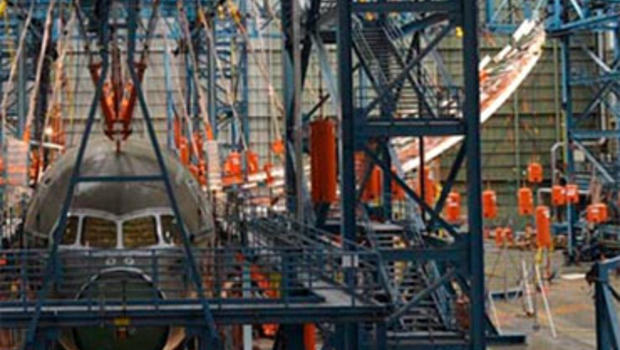Anytime someone starts talking safety, I simply look up the mishap and fatality record of the airframe type and compare with its number of flight hours. What you typically see is that aircraft have gotten safer and safer to fly, especially airlines.
Original series airlines from Boeing were lost at a rate of 1.75 airframes per 1 million departures, Classic series was 0.54 airframes per 1 million departures, and 0.27 airframes/million departures for Next Generation series.
If you look at fighters......
With the General Dynamics F-16, we saw 143 airframe losses with 71 fatalities in its first 10 years of service, which was the safest single engine jet fighter in USAF history. From 2013-2023, the F-16 global fleet suffered 68 write-offs and 37 fatalities. For Class A mishaps per flight hour, it’s still really low. Lots of early-days GLOC and mechanical/electrical systems failures with wire-chafing, CFIT, hydraulics, early F100-PW-200 engine failures, EPUs that petered out after flame-out, some control surface issues, lots of runway overshoots because it doesn’t like to land.
F-35A has been flying for almost 18 years now, 3 crashes, 1 early LRIP bird lost to fire on the ground, 1 fatality in the Japanese Air Defense Forces from what they think was a physiological episode. It’s crazy how safe they are, and yet the retarded imbeciles in the media can’t stop panting whenever one of the F-35 variants crashes. There has been only 1 fatality in the entire F-35 program, which is bonkers. 980 airframes have been delivered and are in flight status all around the world among over a dozen services.
F-35B has seen maybe 6 airframe write-offs, 0 fatalities. Been flying since 2008.
F-35C has 1 airframe write-off, 0 fatalities.
F-14 was 73 write-offs, 19 fatalities in its first 10 years, which was pretty safe actually if you look at the F-4, F-8 Crusader, and A-6.
F/A-18 saw 97 write-offs and 27 fatalities its first 10 years. Landing gear alignment bars would de-couple and send the birds cartwheeling down the runway. Most was pilot error, CFIT, mid-airs.
AV-8 Harrier had 100 write-offs and 20 fatalities its first 10 years of service, very low production numbers and flight hours compared to the other teen series in those days. It’s the most mishap-prone fighter currently in service, on its way out.





